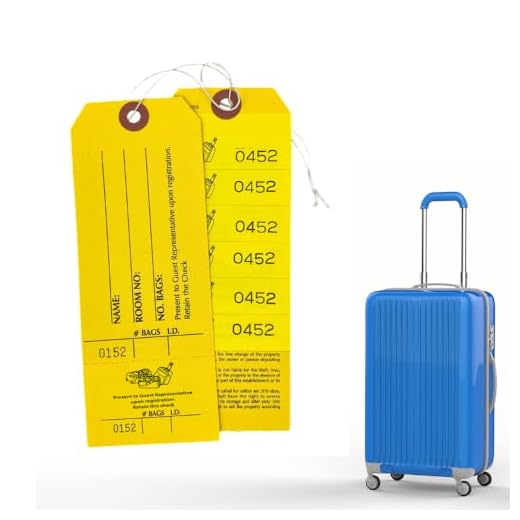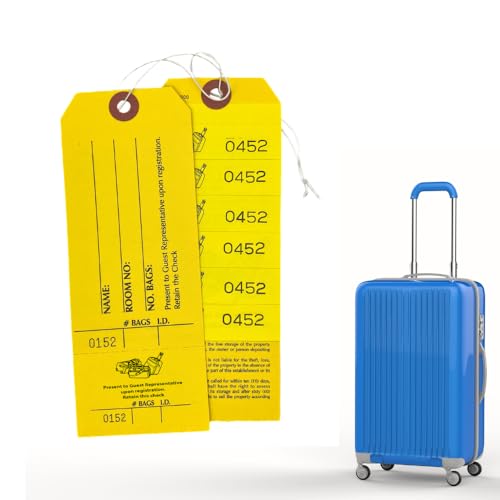
If your belongings are misplaced by the airline, acting swiftly is key. Immediately report the incident at the designated airline desk at the airport. Provide your baggage claim ticket and any relevant information about your bag. Aim to document the details accurately, including your contact information and travel itinerary.
Within a reasonable timeframe–typically around 21 days–check with the airline for updates on the status of your articles. Airlines must adhere to specific regulations and timelines regarding reimbursement procedures. Familiarize yourself with the airline’s policies, as they vary significantly; some may offer full compensation for essentials while others may limit reimbursement.
Consider retaining all receipts for necessary purchases made during this period. Documentation is crucial for any potential reimbursement claims. Be prepared for the possibility of filing a written claim if your items remain unaccounted for after the initial inquiry period. Make sure to provide all required details, such as your flight information and descriptions of your belongings, to facilitate the process.
Claiming Compensation for Missing Baggage
In the United States, addressing the issue of missing items from your recent trip involves a prompt approach. Begin by notifying the airline immediately upon realizing your belongings are unaccounted for. It’s essential to file a report at the airline’s baggage desk within a specific timeframe, usually within 24 hours, to enhance the chances of locating the items.
Documentation and Requirements
Gather and maintain all relevant documents, including your flight itinerary, baggage claim ticket, and any correspondence with the airline. Most carriers have a specific form for reporting missing items, which must be completed to initiate the investigation process. Retain copies of all submitted documents.
Compensation Limits
Airlines are bound by specific regulations regarding reimbursement for items not returned. Compensation amounts may vary, typically depending on the airline’s policies and the travel class. Be aware of the maximum reimbursement limits set by federal regulations, which may not cover the full value of the missing items. Filing for reimbursement requires thorough documentation as proof of the value of your belongings.
Understanding Airline Policies for Lost Items
Before taking action regarding missing belongings, familiarize yourself with the specific rules of the airline. Policies vary significantly among carriers and often include the following key points:
- Reporting Timeframe: Notify the airline as soon as you realize your property is missing, typically within 24 hours.
- Documentation Required: Collect all necessary documents, including your ticket, luggage tags, and any communication you have with the airline.
- Follow-Up Procedures: Airlines usually have a specific process to follow up on lost belongings. Make sure to receive a reference number for your report.
- Compensation Limits: Understand the compensation limits set by the airline and by federal regulations. Airlines often adhere to the “Montreal Convention” guidelines, which set a cap on reimbursements.
Airline-Specific Rules
Inquire about the individual operations of the company you flew with. Here are some aspects to check:
- Claims Process: Different airlines may have distinct processes for submitting a claim for the cost of items in transit.
- Timeframe for Compensation: Each airline determines its own timeline for providing compensation after a claim is processed.
Being aware of these elements can streamline the process of seeking restitution for your missing items. For additional tips on outdoor items for your garden, consider checking out the best outside umbrellas for tables.
Steps to Take Immediately After Losing Your Luggage
Report the issue to the airline as soon as you realize your belongings are missing. Locate the baggage service office at the airport and provide them with your flight details and baggage claim ticket.
Fill out a report detailing the circumstances. Include a thorough description of the item and any distinctive features. Retain copies for your records.
Inquire about the airline’s tracking process. Most companies can provide updates on your bag’s location and estimated delivery time.
Gather and document essential information, such as your itinerary and any expenses incurred due to the incident. This will assist in future claims or reimbursements.
Check the airline’s policy regarding remuneration for essentials. Many carriers offer a stipend for necessary items while you wait for your belongings to be found.
Stay proactive. Regularly follow up with the airline for updates on the search status. Keeping communication open can expedite the process.
Maintain all correspondence related to the incident, including emails, phone calls, and written documentation, as this can be helpful if further action is needed.
Documentation Required for Filing a Claim
Collect all essential documents before initiating a claim process. These typically include your flight itinerary, boarding pass, and baggage claim ticket. Retain copies of any communication with the airline regarding the issue.
It’s advisable to document the condition of your items, capturing photographs if necessary. Include receipts for any purchases made due to the disruption, such as clothing or toiletries. All evidence strengthens your position during the claim submission.
Additionally, refer to the airline’s specific guidelines for required documentation as each carrier may have variations in their process. Keep your records organized to expedite proceedings. For comprehensive planning on your travel gear, consider exploring the best umbrella for through hiking.
How to Follow Up on Your Lost Luggage Claim
First, keep a record of all communications with the airline. Document dates, times, names of representatives spoken to, and any reference numbers provided. This will streamline your follow-up process and provide clarity if the situation escalates.
Next, use multi-channel approaches to track the status of your claim. Contact the airline through their customer service number, online live chat, and social media platforms. This redundancy can expedite responses, as different representatives may have varying access to information.
After a week of filing, reach out to confirm that your initial claim was processed. Request updates on any developments regarding your case. A follow-up email can be particularly useful for keeping your inquiry in the minds of the airline staff.
If you do not receive a satisfactory response, escalate the matter. Request to speak with a supervisor or a specialist in customer service claims. Have your documentation handy to solidify your case.
Consider getting in touch with consumer advocacy groups or websites that specialize in travel issues. They can provide additional resources and may assist in resolving disputes with airlines.
Lastly, stay informed about your rights regarding air travel. If you’re uncertain about the specifics, refer to reliable sources or articles, such as this insightful piece on which organelle is responsible for building proteins.
| Action | Description |
|---|---|
| Record Keeping | Document all interactions with airline representatives. |
| Multi-Channel Outreach | Contact through phone, chat, and social media. |
| Follow-Up Timeliness | Reach out after a week for status confirmation. |
| Escalate If Needed | Request supervisory assistance if responses are lacking. |
| Leverage Advocacy Groups | Engage consumer advocates for additional support. |







